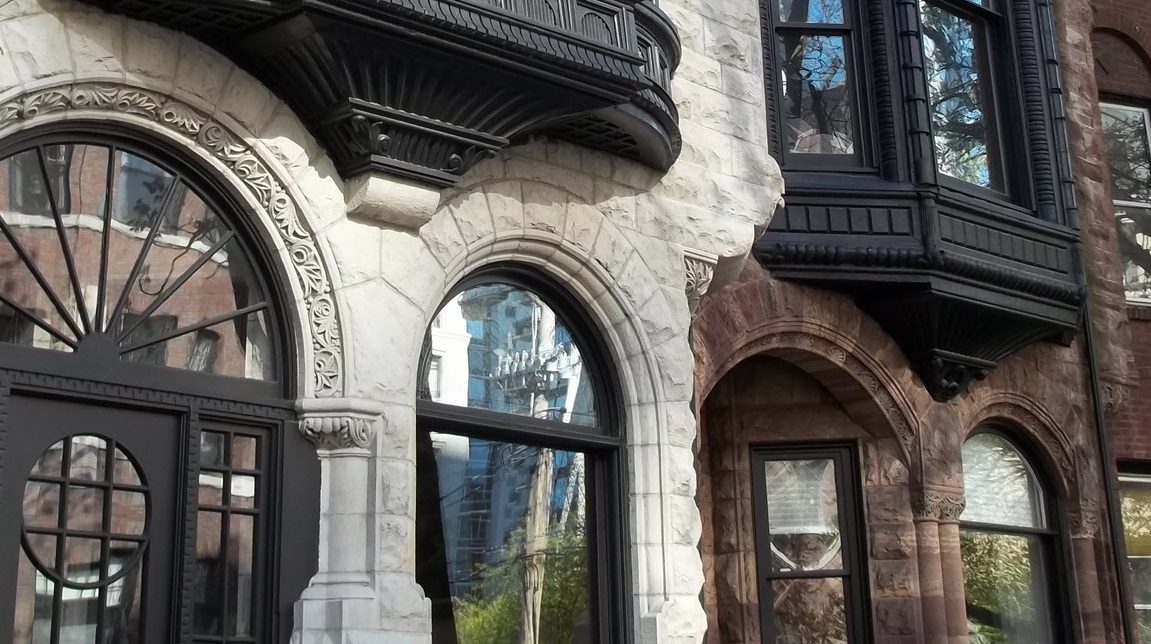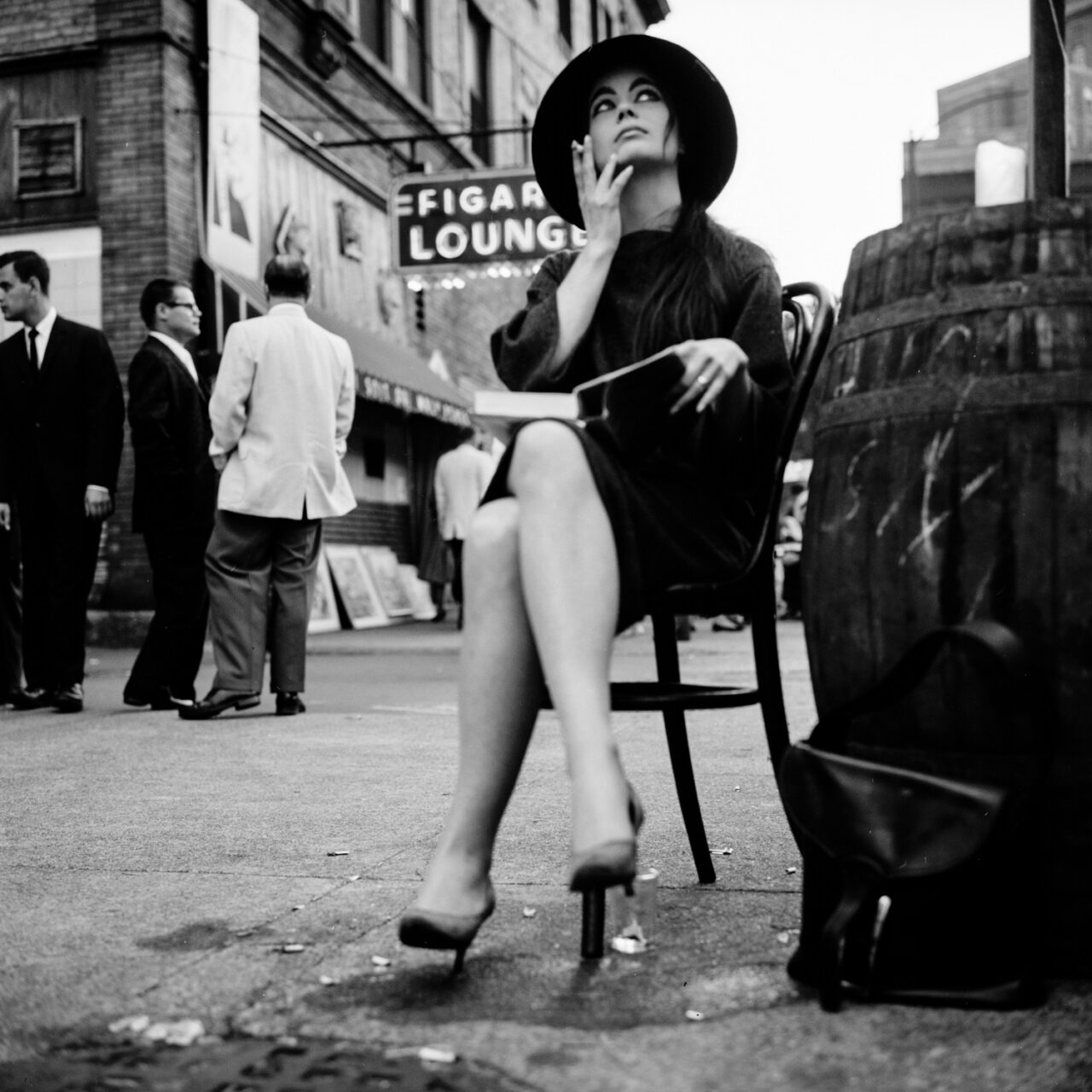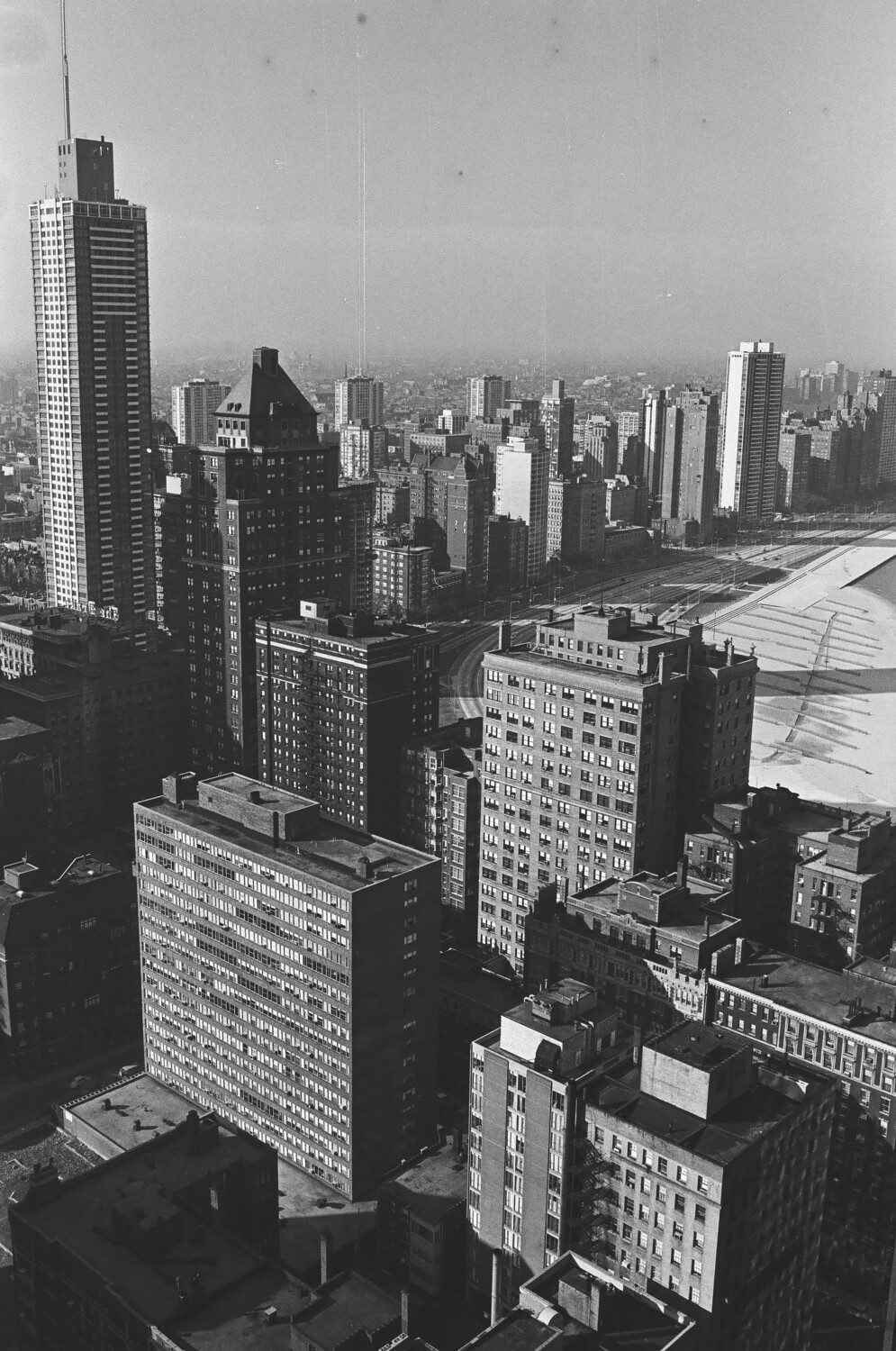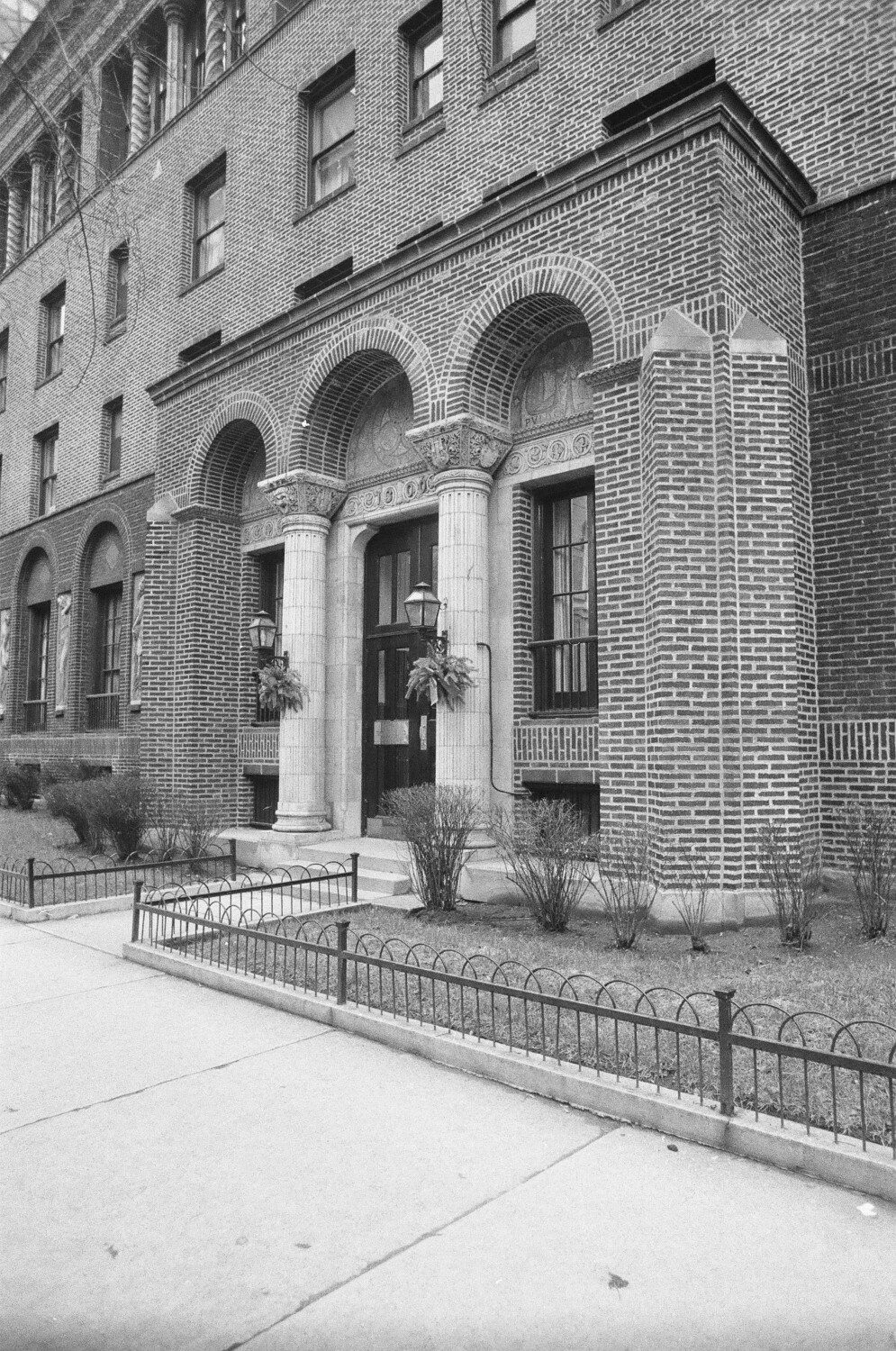Join a CHM History Buff volunteer guide and whisk away to a time when Chicago’s rich and famous caroused on the coast. “Gold Coast” refers to a stretch of expensive lakefront property occupied by the city’s wealthiest residents. Before the opening of the Michigan Avenue Bridge (now DuSable Bridge) in 1920, it was isolated from the downtown business district and home to only a few wealthy families, such as the McCormicks, Palmers, and Ryersons.
The area soon became the heart of the upper crust of Chicago society. Sociologist Harvey Warren Zorbaugh, who claimed that college boys returning from the East Coast dubbed the area the “Gold Coast,” immortalized it in his book The Gold Coast and the Slum: A Sociological Study of Chicago’s Near North Side (University of Chicago Press, 1929; reprint 1983). The density of wealth in the Gold Coast buffered it against the deterioration that threatened other portions of the North Side in the 1950s.
Gaze at ornate architecture by Frank Lloyd Wright and Louis Sullivan, step onto a rare wood-block alleyway, and take in Chicago’s early mansions, including the Archbishop’s Residence.
Tour runs 1.5 to 2 hours. Meet at the Chicago History Museum.
$25; $22.50 members



